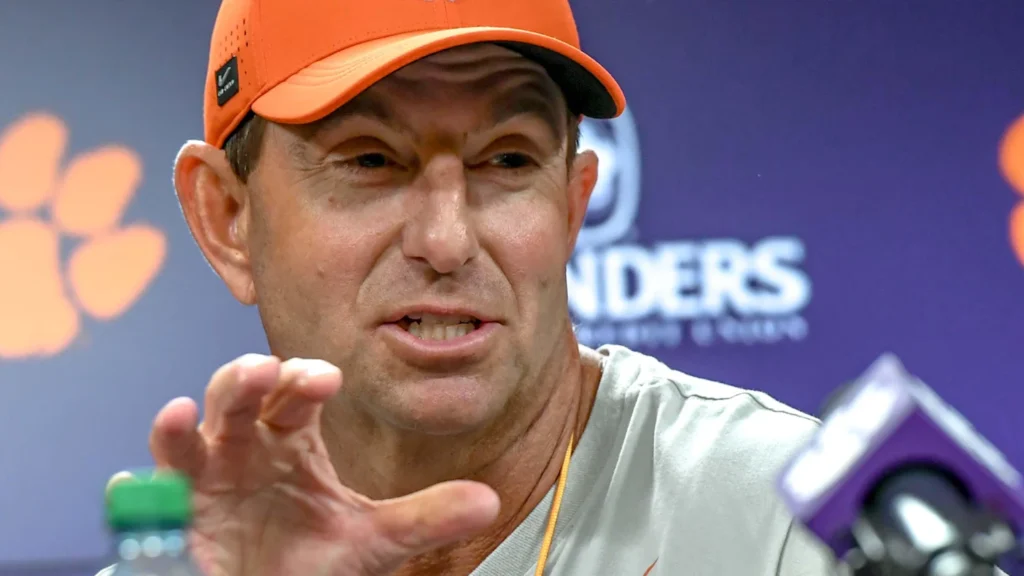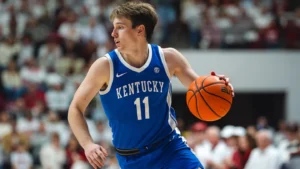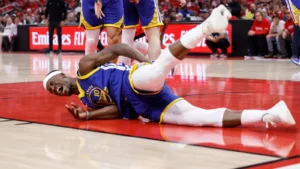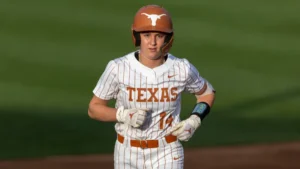
Swinney’s Super League Vision: A Bold Take on College Football’s Inevitable Future
The landscape of college football is in constant flux, a dynamic ecosystem shaped by evolving rules, financial pressures, and the ever-present quest for competitive advantage. Amidst this transformation, Clemson head coach Dabo Swinney, a two-time national champion and a prominent voice in the sport, has offered a compelling and perhaps inevitable prediction for the future: the emergence of super conferences and a structure that mirrors the National Football League (NFL).
Swinney, known for his traditional values and at times vocal resistance to the rapid changes sweeping through college football, including the transfer portal and Name, Image, and Likeness (NIL) compensation, now sees the writing on the wall. In a recent interview, he articulated his belief that financial realities will ultimately dictate the sport’s structure. “Eventually money’s going to win the day,” Swinney stated, suggesting that television viewership, brand recognition, and business opportunities will become the primary drivers of conference alignment, potentially overshadowing traditional regional rivalries and league affiliations.
This vision paints a picture where the current conference structure, which has already undergone significant upheaval in recent years with high-profile team departures and conference realignments, could become even more consolidated. Swinney envisions a future where a smaller number of “super conferences,” comprised of the sport’s most prominent and financially successful programs, will dominate the landscape. He believes this evolution is not only likely but potentially beneficial for the long-term health of the sport.
Drawing parallels with the NFL model, Swinney suggests that this consolidation could lead to a more sensible league structure with greater regionality and crossover games, ultimately enhancing the fan experience and creating a more compelling product. The NFL’s structure, with its established conferences, divisions, and consistent scheduling, offers a blueprint for a more streamlined and predictable college football environment, something that has been increasingly absent in the era of rapid conference realignment.
While acknowledging the potential pitfall of college football becoming a mere “feeder minor league program” for the NFL, given that the vast majority of college athletes will not play professionally, Swinney remains optimistic about the potential benefits of these wholesale changes. He believes that a more structured and financially driven model could ultimately lead to a “much better era, probably the best era for college football,” provided that programs are strategically positioned to maximize the opportunities presented.
Swinney’s perspective carries significant weight due to his track record of success at Clemson. He built a consistent national power through a philosophy centered on recruiting and developing high school talent, largely eschewing the transfer portal until more recently. His adaptation to the new realities of college football, while initially hesitant, suggests a pragmatic understanding of the need to evolve in a rapidly changing environment.
The forces driving the changes Swinney predicts are multifaceted. The pursuit of lucrative television contracts has already triggered significant conference realignments, with major programs seeking out conferences with greater media revenue potential. The increasing financial stakes associated with college football success, coupled with the advent of NIL, are creating a landscape where money plays an increasingly dominant role in recruiting, player retention, and overall program competitiveness.
The challenges facing college football are numerous and complex. The transfer portal, while offering players greater freedom and opportunity, has also led to increased roster volatility and challenges in building long-term team cohesion. NIL, while allowing athletes to finally profit from their name, image, and likeness, has also created concerns about a potential “pay-for-play” system and disparities in earning potential that could disrupt team dynamics.
Furthermore, the lack of centralized governance and consistent regulations across different states and institutions regarding NIL has created an uneven playing field. The increasing complexity of compliance and administration in this new environment adds another layer of challenges for universities and athletic programs.
The debate over the future structure of college football is intensifying. While some advocate for preserving the traditional regional and conference-based model, the economic realities and the desire for a more streamlined and nationally relevant product are pushing the sport towards greater consolidation. Swinney’s prediction of super conferences reflects a growing sentiment that the current fragmented landscape is unsustainable in the long run.
The implications of a super league model would be far-reaching. It could lead to more high-profile matchups on a regular basis, potentially boosting television ratings and overall fan engagement. It could also create a clearer pathway to a national championship, perhaps simplifying the often-complex College Football Playoff selection process.
However, such a model could also exacerbate the existing gap between the “haves” and “have-nots” in college football. Programs outside of these super conferences might struggle to compete for top talent and national relevance, potentially leading to a two-tiered system within the sport. Concerns about the impact on regional rivalries and the traditions associated with long-standing conference affiliations would also need to be addressed.
Ultimately, the future of college football remains uncertain. However, the bold prediction from a respected figure like Dabo Swinney underscores the significant transformations that are likely on the horizon. As money increasingly influences the sport’s structure, the emergence of super conferences and a more NFL-like model appears to be a distinct possibility, one that could reshape the college football landscape for decades to come. Whether this evolution leads to the “best era” for the sport, as Swinney optimistically suggests, remains to be seen, but the forces driving this change are undeniable.





